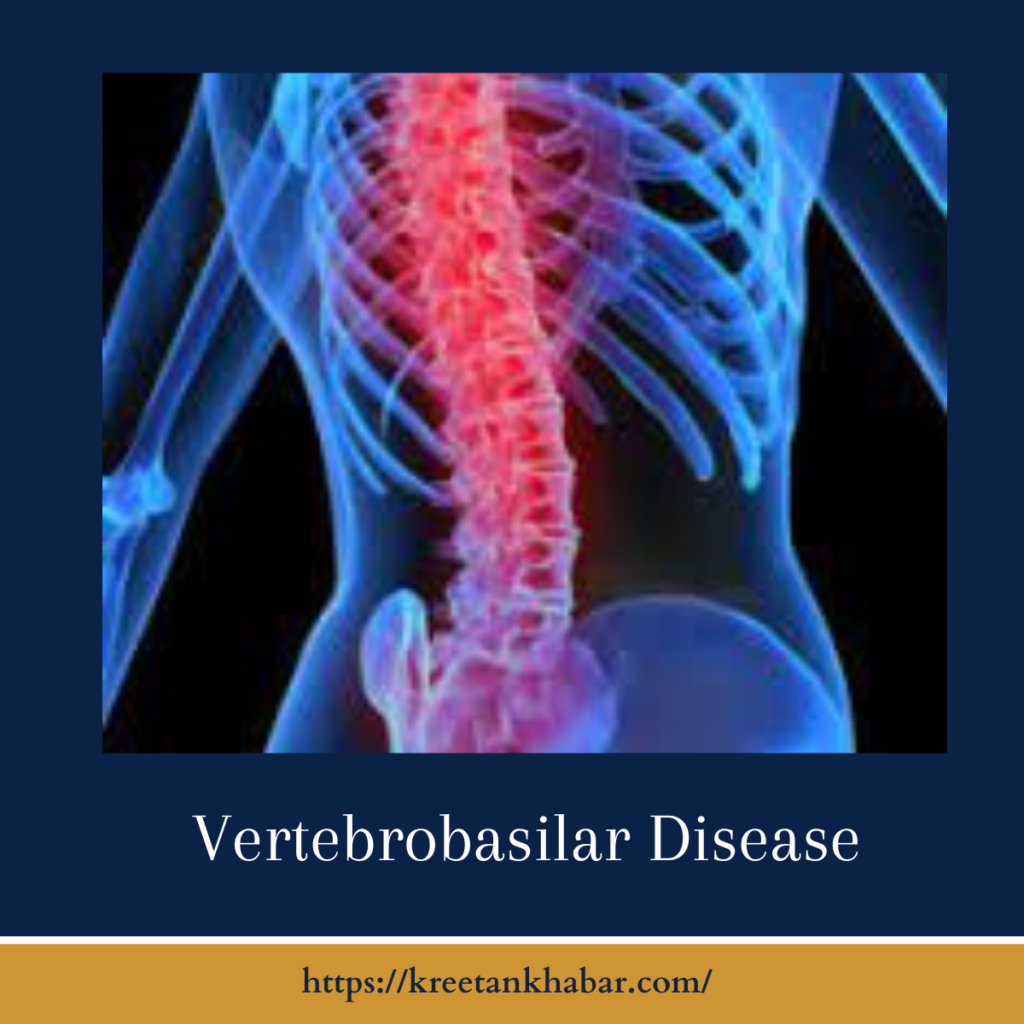Vertebral Subluxation: A Closer Look at Spinal Misalignment
Introduction:
The human spine is a marvel of engineering, comprised of intricate structures that provide support, flexibility, and protection for the delicate spinal cord. However, like any finely tuned machine, the spine is susceptible to issues that can affect its functionality. One such concern is vertebral subluxation, a term commonly used in chiropractic care to describe misalignments of the spinal vertebrae. In this article, we delve into the intricacies of vertebral subluxation, exploring its causes, symptoms, and potential treatments.

What is Vertebral Subluxation?
Vertebral subluxation refers to the misalignment of one or more vertebrae in the spine. This misalignment can occur due to various factors, including poor posture, trauma, repetitive stress, or degenerative changes in the spine. When a vertebra becomes misaligned, it can put pressure on the spinal nerves, affecting their function and potentially leading to a variety of health issues.
Causes of Vertebral Subluxation:
The causes of vertebral subluxation are multifaceted, often stemming from a combination of lifestyle factors and physical stresses. Poor posture, a pervasive issue in our increasingly sedentary society, can gradually lead to misalignments in the spine. The modern habit of hunching over electronic devices or spending prolonged hours sitting puts undue pressure on the vertebrae, creating a breeding ground for subluxation.
Trauma, whether from accidents, falls, or injuries, is another significant contributor. Even seemingly minor incidents can accumulate over time, causing subtle shifts in spinal alignment. Repetitive stress, a common feature of certain occupations or activities, can also play a role. The consistent strain on specific areas of the spine may result in misalignments that, if left unaddressed, can lead to a range of symptoms. Identifying and understanding these diverse causes is crucial in developing effective strategies for both preventing and managing vertebral subluxation.
- Poor Posture: Modern lifestyles often involve prolonged periods of sitting, hunching over electronic devices, and other activities that contribute to poor posture. Over time, these habits can lead to misalignments in the spine.
- Trauma: Accidents, falls, or injuries can cause sudden misalignments of the vertebrae. Even seemingly minor incidents can have a cumulative effect on spinal health.
- Repetitive Stress: Certain occupations or activities that involve repetitive motions can contribute to vertebral subluxation. The consistent stress on specific areas of the spine may lead to misalignments.
Symptoms of Vertebral Subluxation:
- Back Pain: One of the most common symptoms associated with vertebral subluxation is localized or radiating back pain. The pain may be sharp, dull, or accompanied by muscle spasms.
- Reduced Range of Motion: Misalignments in the spine can restrict the normal range of motion. Individuals may experience stiffness or difficulty moving certain parts of the spine.
- Nerve Impingement: Vertebral subluxation can put pressure on spinal nerves, leading to symptoms such as numbness, tingling, or weakness in the affected areas.
- Headaches: Misalignments in the cervical spine (neck) can contribute to tension headaches or migraines.
Points of symptoms of vertebral subluxation :
- Back Pain: Vertebral subluxation often presents with localized or radiating back pain, which can vary from sharp and acute to a persistent, dull ache.
- Reduced Range of Motion: Misalignments in the spine can restrict the normal range of motion, leading to stiffness and difficulty moving certain parts of the spine.
- Nerve Impingement: Subluxation can put pressure on spinal nerves, resulting in symptoms such as numbness, tingling, or weakness in the affected areas.
- Headaches: Misalignments, especially in the cervical spine, may contribute to tension headaches or migraines, adding an extra layer of discomfort.
- Muscle Spasms: The body’s response to spinal misalignment can include muscle spasms, contributing to further pain and discomfort.
- Postural Changes: Vertebral subluxation may alter a person’s posture, leading to observable changes such as slouching or an uneven distribution of weight.
- Localized Tenderness: The affected area of the spine may become tender to the touch, indicating inflammation and sensitivity.
- Fatigue: Chronic subluxation can contribute to fatigue as the body expends extra energy to compensate for the misalignments.
- Radiating Pain: Pain may not be confined to the site of the misalignment but can radiate to other areas of the body connected to the affected nerves.
- Digestive Issues: In some cases, vertebral subluxation may impact the nerves that control digestive functions, leading to issues such as indigestion or irregular bowel movements.
Treatment Options:
- Chiropractic Care: Chiropractors specialize in the detection and correction of vertebral subluxations. Through manual adjustments, they aim to realign the vertebrae, relieving pressure on the nerves and promoting optimal spinal function.
- Exercise and Rehabilitation: Strengthening the muscles surrounding the spine through targeted exercises can help support proper alignment and reduce the risk of subluxations.
- Posture Correction: Addressing poor posture habits through awareness and corrective exercises is crucial in preventing and managing vertebral subluxation.
Conclusion:
Understanding vertebral subluxation is essential for maintaining spinal health and overall well-being. Whether caused by poor posture, trauma, or repetitive stress, seeking timely intervention through chiropractic care and adopting preventive measures can contribute to a healthier and more functional spine. Prioritizing good posture, staying active, and seeking professional guidance when needed are key steps in promoting spinal alignment and mitigating the impact of vertebral subluxation on our health.
Read also : Exploring the Delightful Boost of the Green Tea Shot 2023